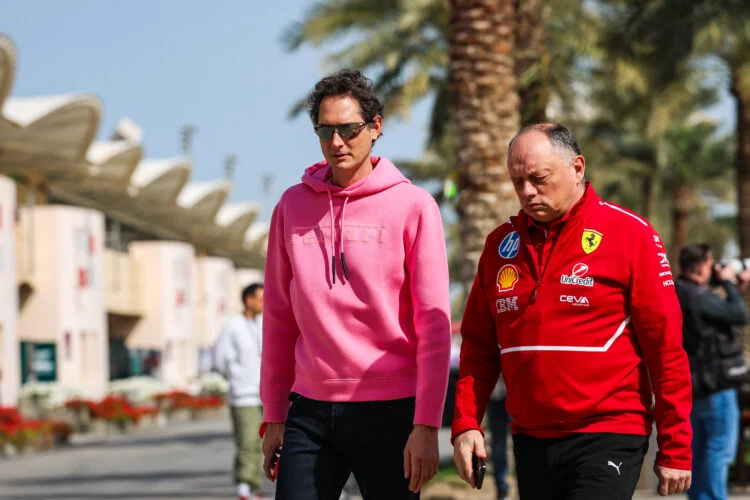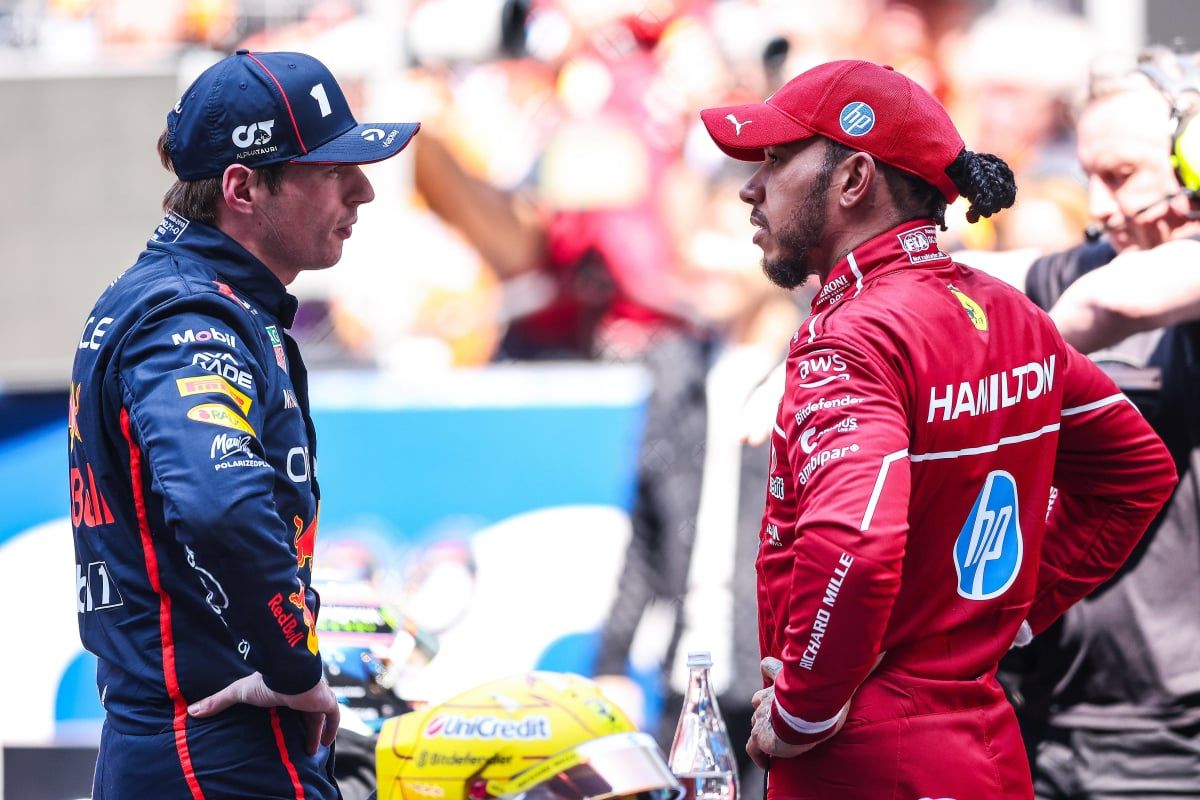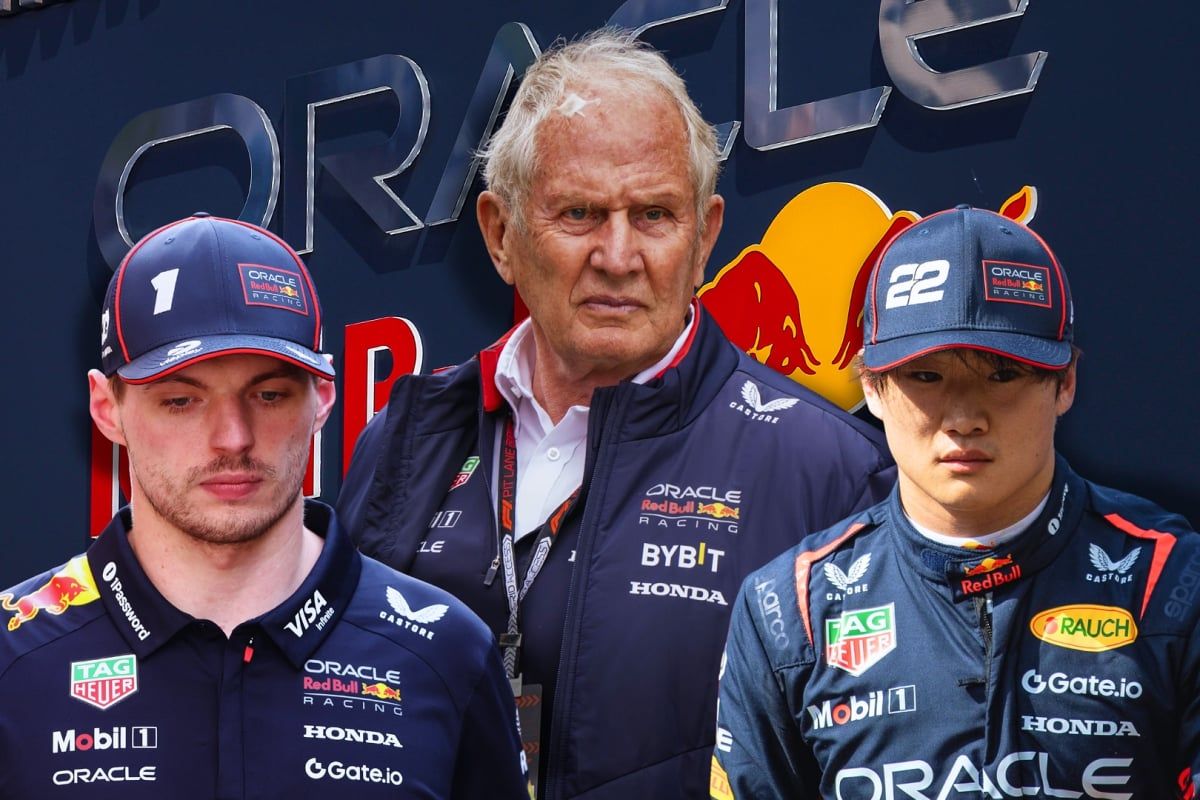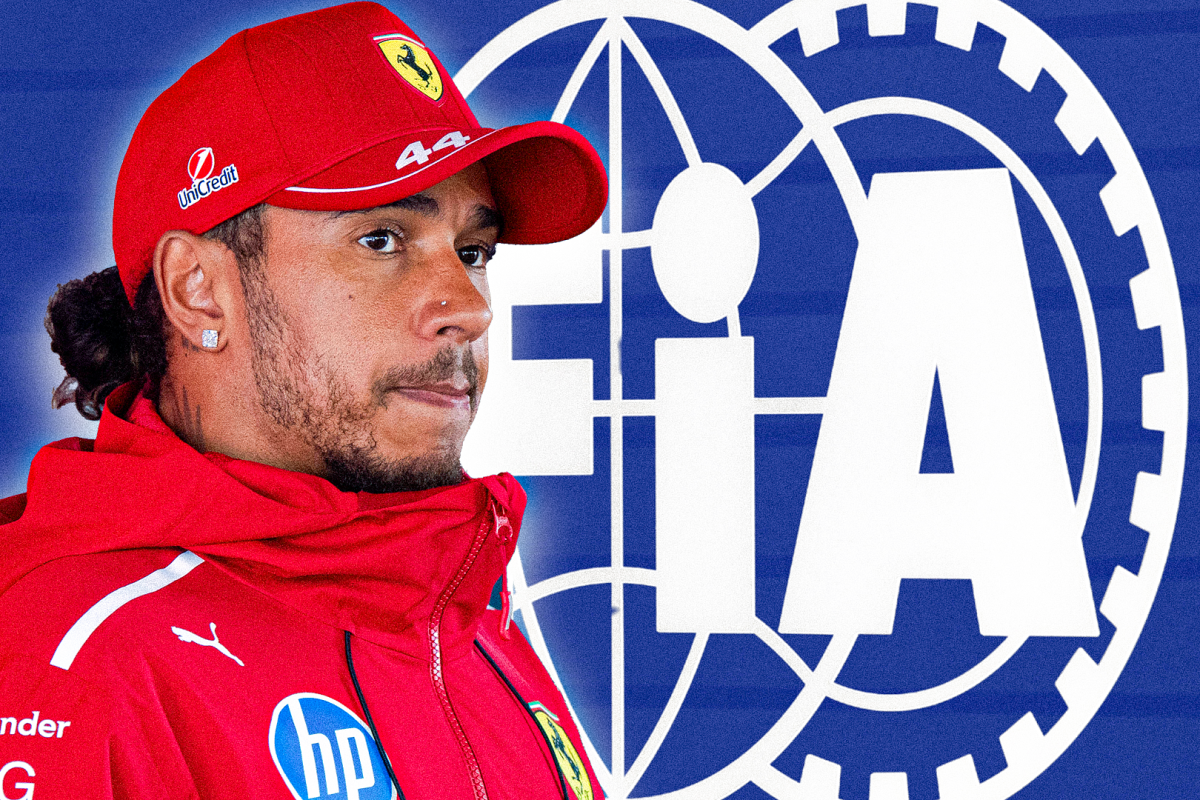John Elkann’s Next Move to Salvage Ferrari Amid Vasseur’s Uncertain Future and a Written-Off 2… read more
Ferrari, a global automotive icon steeped in racing history, finds itself facing a crucial juncture. The 2025 Formula 1 season, already deemed a lost cause by internal sources, casts a long shadow over the team’s immediate future and intensifies the pressure on CEO John Elkann to chart a new course. The uncertainty surrounding team principal Fred Vasseur’s leadership further complicates the situation, raising questions about the long-term direction of the iconic Prancing Horse. Elkann, a figure deeply connected to Ferrari’s heritage and future, now faces the formidable challenge of navigating the turbulent waters and securing a sustainable path forward.
The writing on the wall is clear: Ferrari’s current Formula 1 project is demonstrably failing to deliver the results commensurate with the team’s historical ambition and financial investment. Internal assessments, according to sources familiar with the team’s strategic discussions, paint a bleak picture for the upcoming season. The performance deficit, exacerbated by design flaws and execution issues, has led to a stark realization: winning races and securing podium finishes in 2025 are practically unattainable goals. This perceived failure represents a significant setback for a team accustomed to higher standards and competitive performance.
This assessment extends beyond immediate results. The underlying issue appears to be more fundamental, encompassing a systemic problem within the team’s design and development processes. Ferrari’s inability to consistently produce competitive cars capable of contending for wins and championships in a highly competitive F1 landscape raises concerns about the team’s long-term trajectory. The implication is a need for significant change, not just superficial adjustments, within the engineering department, leadership structures, or possibly even within the team’s overall management strategy.
The situation becomes even more complex with the lingering uncertainty surrounding Fred Vasseur’s future. While no official announcements have been made, whispers and speculation abound regarding his potential departure, adding another layer of instability to the team. Vasseur’s tenure at Ferrari has been marked by periods of high performance and disappointment. His track record at other teams offers a mixed bag, and Ferrari fans and analysts alike are eagerly anticipating a clearer picture of his continued role.
This uncertainty compounds the pressure on John Elkann, who is tasked with finding a decisive course of action. His next moves will be pivotal in determining Ferrari’s future not only in Formula 1, but in the wider automotive sphere as well. The pressure intensifies as the team’s reputation and market position are inextricably linked to their performance.
Elkann’s response will likely encompass several key facets. Firstly, a thorough assessment of the existing Formula 1 operation is crucial. This involves scrutinizing the entire structure, from design and development to the management team’s decision-making processes. This must identify specific areas requiring immediate attention and long-term improvements. A detailed diagnosis of the team’s organizational culture and its influence on performance is also essential.
Secondly, Elkann must decide on the appropriate personnel changes required to correct deficiencies and rejuvenate the team. This might involve replacing key figures, restructuring roles, or fostering an environment more conducive to innovation and collaboration. The decision on Vasseur’s role is likely to be paramount, and will signal the team’s commitment to a new approach.
Thirdly, substantial investment in both human capital and technological infrastructure is likely required. Recruiting or training new engineers and designers with expertise in areas where the team is lagging will be essential. Furthermore, investing in cutting-edge technologies and advanced simulation tools will be important for gaining a competitive edge.
Finally, Elkann must consider the broader implications for Ferrari’s image and brand. A strong performance in motorsport is crucial for maintaining the brand’s prestige and allure to enthusiasts. A complete overhaul in their approach to F1 may require a significant shift in their overall approach to the sport, possibly involving a closer partnership with other teams or development centers.
John Elkann’s next steps will be closely watched by industry analysts and Ferrari fans worldwide. The outcome will have a considerable impact on Ferrari’s future performance in Formula 1 and its position within the automotive landscape. The writing is on the wall for Ferrari. The 2025 F1 season will likely be just one part of a larger story of change, and Elkann’s choices today will shape the Prancing Horse’s narrative for years to come. The fate of Ferrari’s Formula 1 program is inextricably linked to Elkann’s ability to galvanize the team, address its weaknesses head-on, and steer the iconic marque back towards its rightful position at the forefront of the sport.




